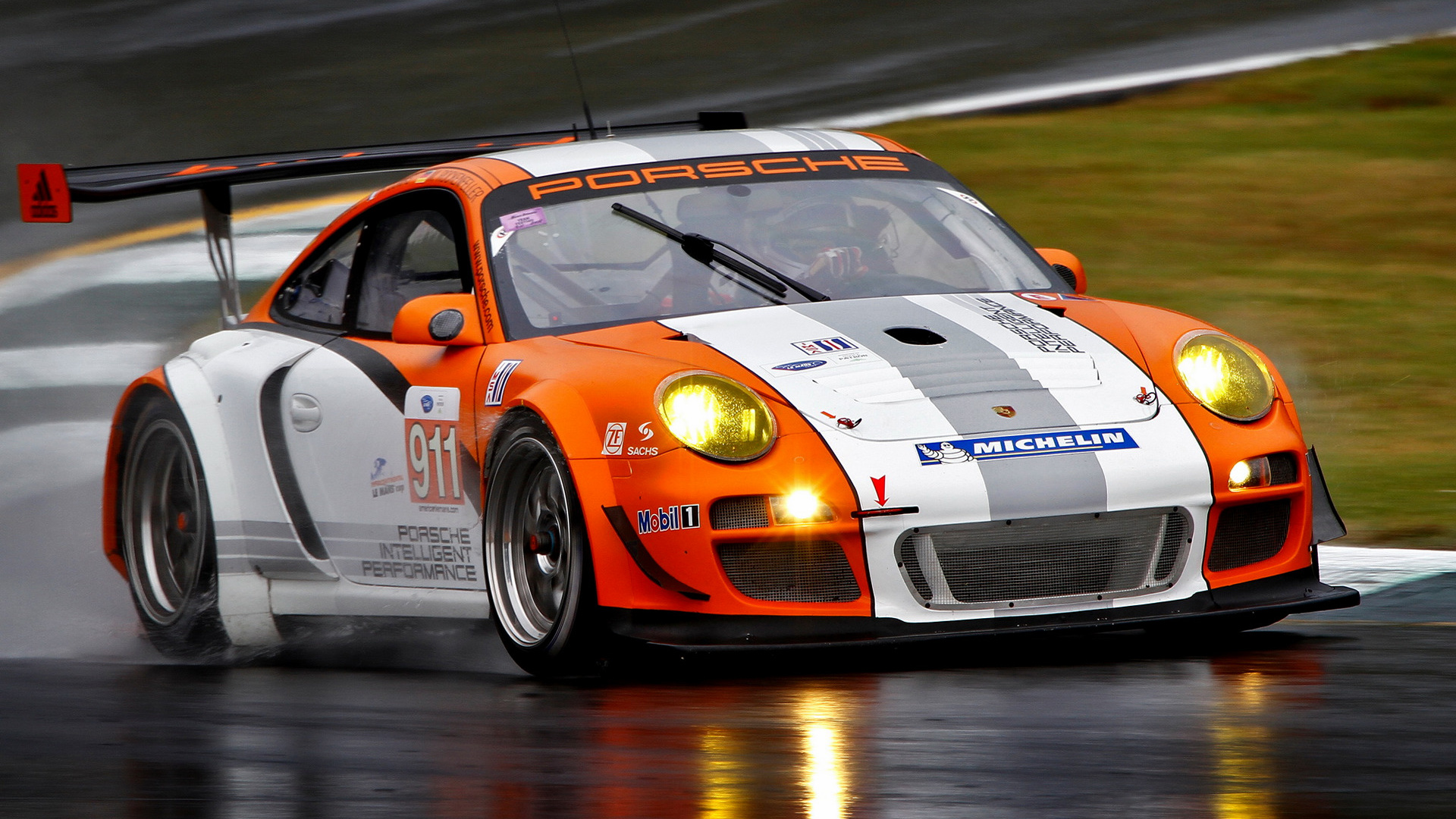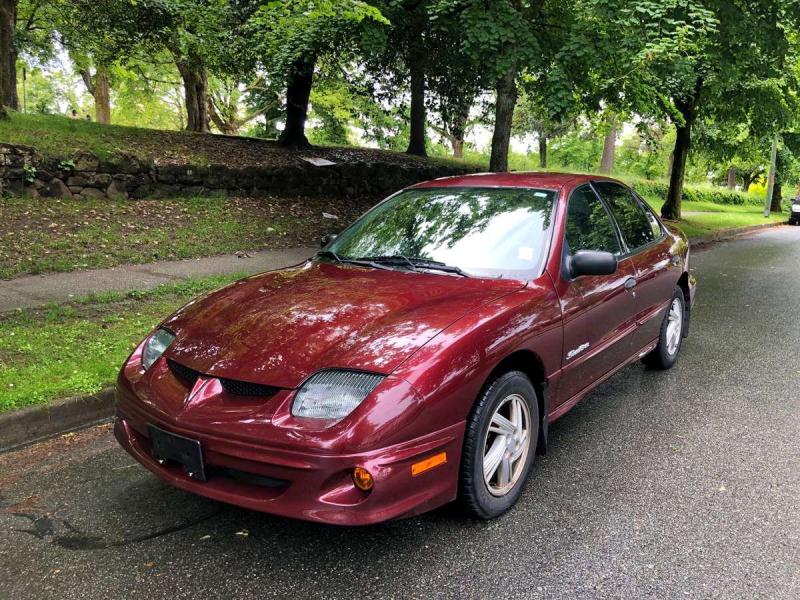Official: Porsche 911 GT3 R Hybrid 2.0
Porsche announced details of the new version of their 911 GT3 R Hybrid, the first ever hybrid race car to compete in an official race.
Last year it took part in the Nurburgring 24-hour race and did great, until the very last laps that it had to retire due to a technical difficulty. Now the version 2.0 of the car that’s been upgraded to become more reliable and efficient for the 2011 Nurburgring race.
The car is lighter by 20 percent, at 1300 kg, and the hybrid system with its infamous flywheel is also revised and has become more efficient. The power of the six-cylinder flat engine remains the same 470 hp but the electric motors are revised for better performance. The idea is the car remains as fast as before but it’s lighter on fuel which means it can stay out more on the track and less in the pits.
The revised aerodynamics and an ergonomic new steering wheel with all the displays and buttons on it are also parts of the upgrade for the version 2.0 of the car. The optimized new car is in a good position to achieve the first victory for a hybrid car.
That ladies and gentlemen, is the future of motorsport! Not that bad, eh?!
Press Release:
Porsche is preparing its ‘version 2.0′ of the 911 GT3 R Hybrid for the Nürburgring 24 hour race on 25 June. This 2011-specification model has its weight reduced from 1350kg to 1300kg, and its hybrid components optimised.
The output of its pair of electric motors has been increased from 60kW each to 75kW, supplementing the 470hp six-cylinder, 4.0-litre engine. And an additional power boost of nearly 200hp is now available for seconds at a time for overtaking, for example: this can be programmed for automatic kick-in via the throttle pedal or manually activated.
The GT3 R Hybrid 2.0 has its electric flywheel accumulator rehoused with the other hybrid componentry within the passenger-side carbonfibre safety cell. On its exterior, there are also clear changes from the 2010 model: the large louvres in front of the rear bumpers are no longer necessary, which has reduced drag and improved aerodynamics. Inside, the cockpit has been revised, with most of the controls and displays moved to the steering wheel; the layout is now clearer, especially in the dark.
“The emphasis of our work was on improving efficiency”, says head of Porsche motorsport Hartmut Kristen. “That means we want to keep the lap times consistent with 2010 but use less energy, hence less fuel. In this way, we support future developments of road-going, sporting hybrid vehicles.”
“We’ve collected a great deal of information from our races on the Nürburgring, at the ALMS race at Road Atlanta in the USA, as well as from the ILMC race on China’s Zhuhai circuit, which was an invaluable help for the further development of our racing laboratory.”





